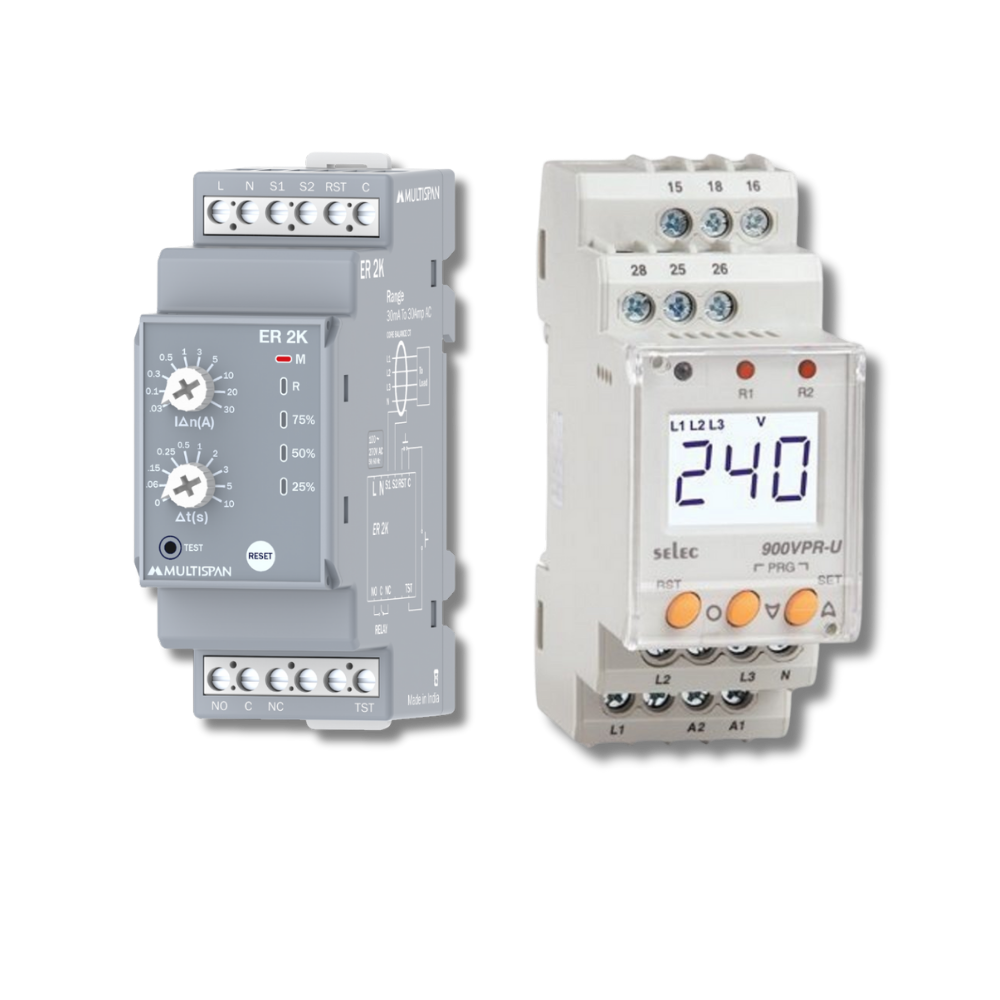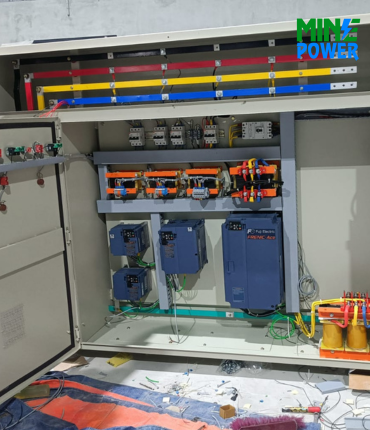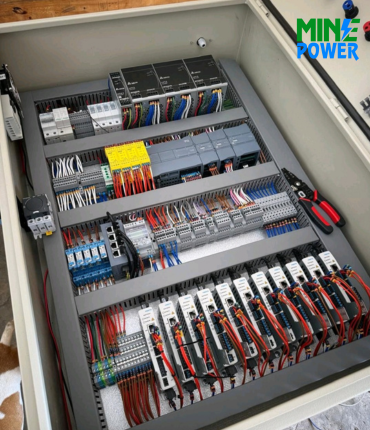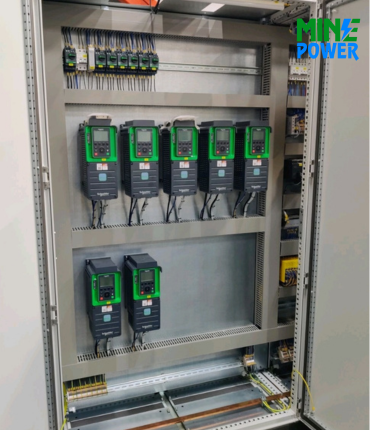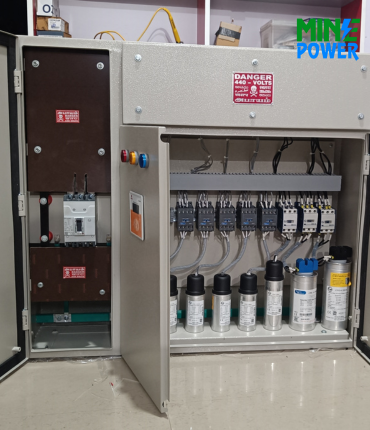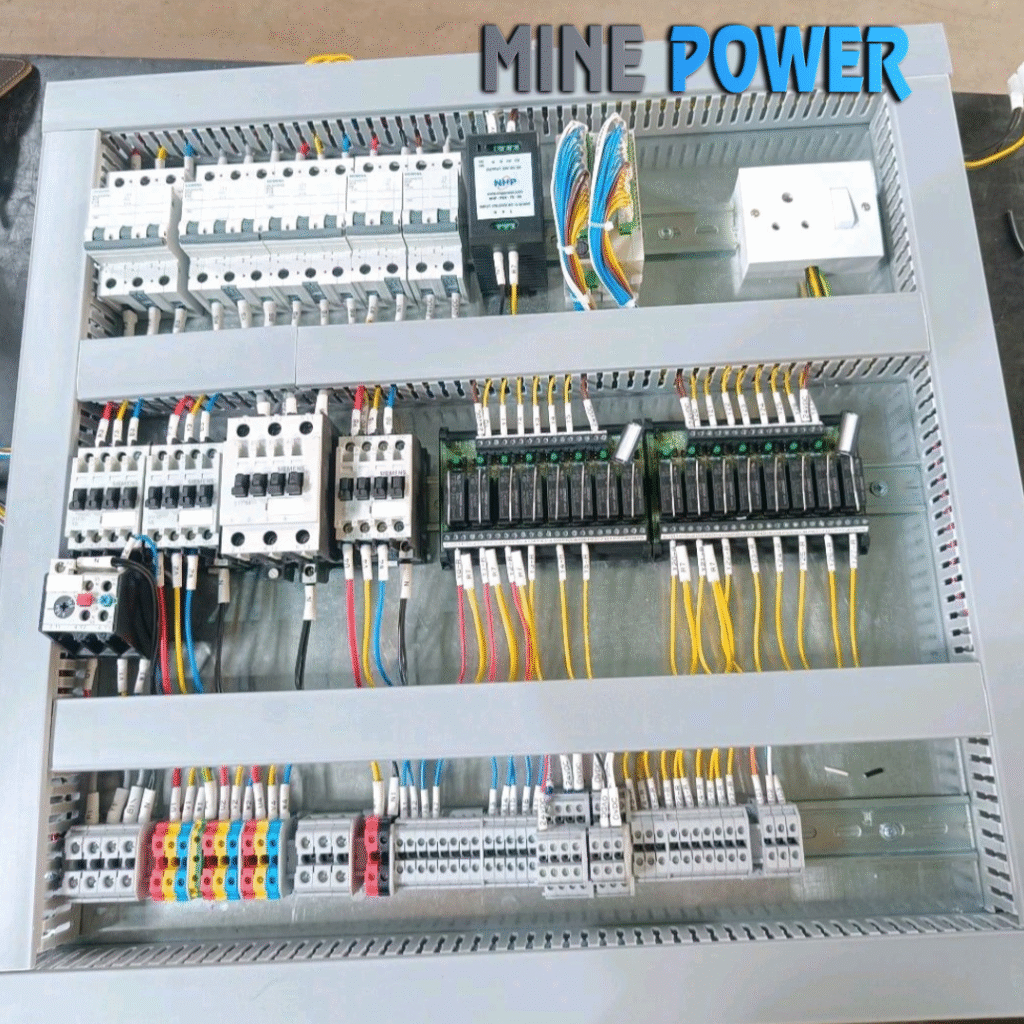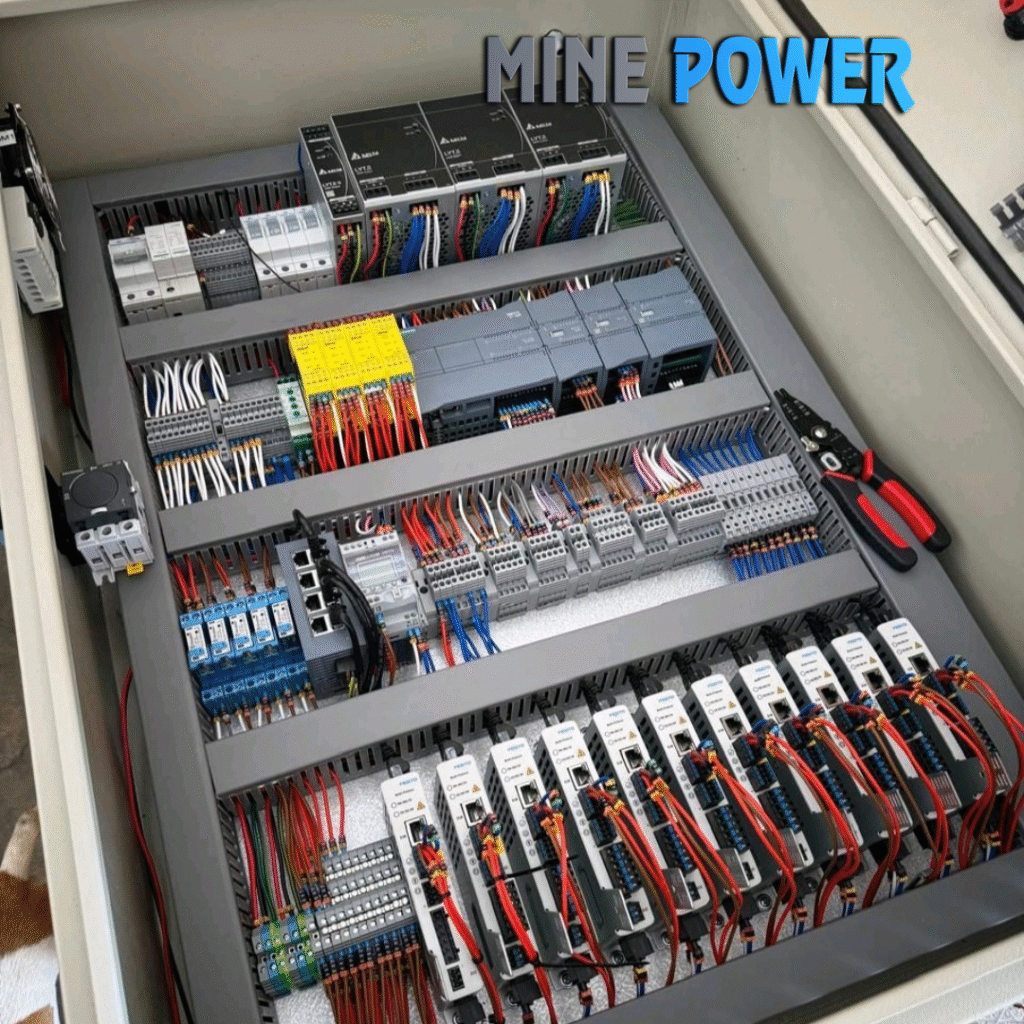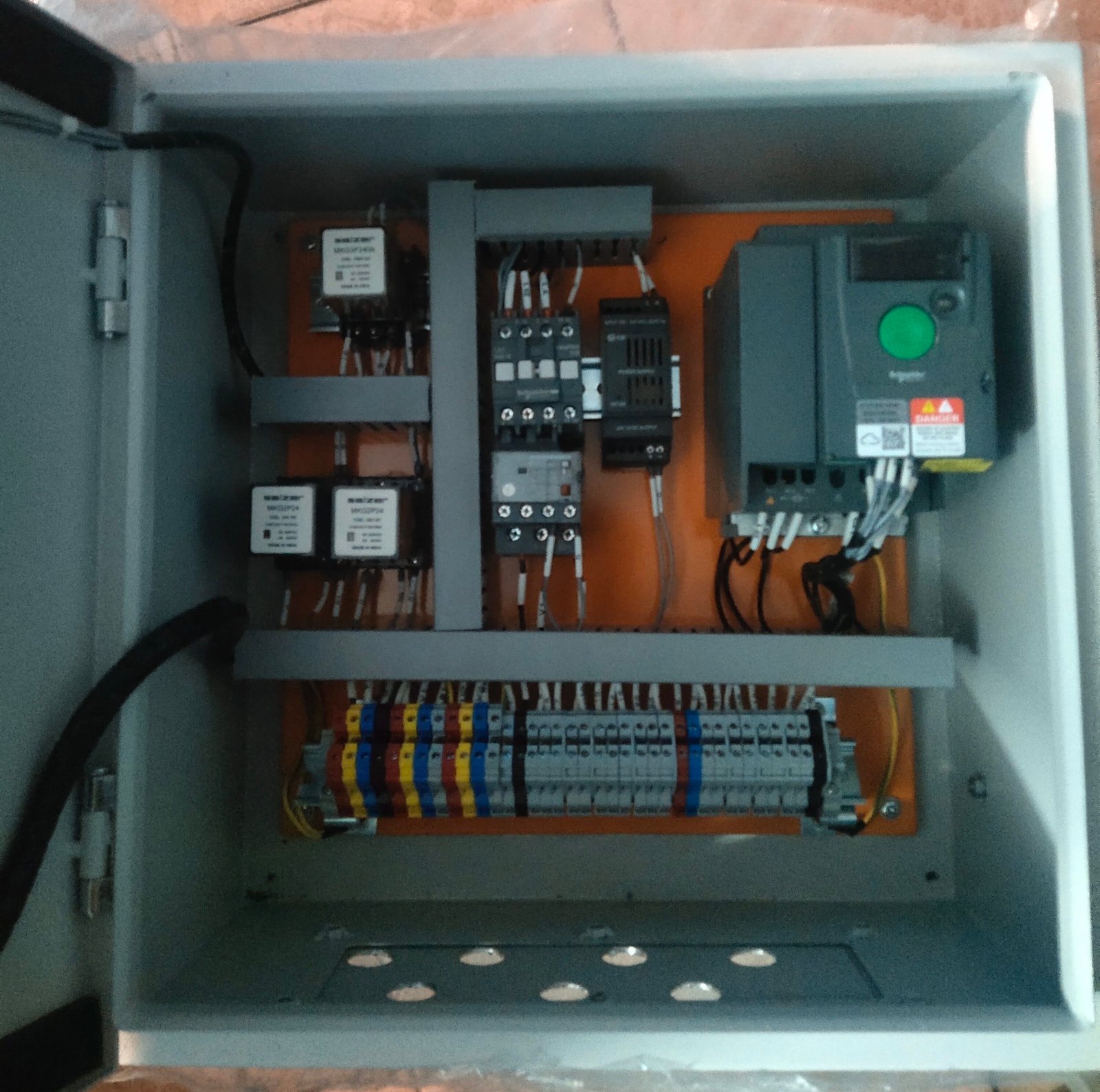Production Devices include essential automation components like sensors, controllers, indicators, relays, timers, and counters, all integrated with PLCs to ensure efficient, accurate, and reliable process control in modern industrial systems.
Description
Production Devices refer to the collection of automation components and instruments used in manufacturing, process control, and industrial automation systems. These include sensors, controllers, relays, counters, timers, load cells, annunciators, SSRs, SCR regulators, process indicators, and more. Together, they form the backbone of automated production lines, enabling accurate monitoring, precise control, and efficient operation.
Specifications
-
Sensors: Detect temperature, pressure, level, humidity, etc.
-
Controllers: Maintain process variables within limits.
-
Indicators: Provide real-time data display.
-
Relays/SSR/SCR: Switch and regulate power.
-
Timers & Counters: Manage time cycles and production counts.
-
Annunciators: Provide alarms and fault indication.
Key Features
✅ Comprehensive range of devices for automation
✅ Seamless integration with PLC and SCADA systems
✅ Designed for high reliability in industrial environments
✅ Improve production accuracy, speed, and safety
✅ Enable preventive monitoring and fault diagnosis
✅ Modular and scalable for different industries
Applications
-
Manufacturing Plants (assembly lines, conveyors, robotic automation)
-
Process Industries (chemical, pharma, cement, food & beverages)
-
Power & Energy (plant monitoring, load management)
-
Automotive Industry (production line automation, quality control)
-
Water & Wastewater (level, flow, and pump control)
-
HVAC Systems (temperature and humidity control)
Advantages
✔ Centralized monitoring & control with PLC integration
✔ Increased efficiency, productivity, and accuracy
✔ Reduces downtime and improves safety
✔ Scalable solutions for small to large industries
✔ Compatible with Industry 4.0 & IoT-based automation
Disadvantages
✖ Initial setup and integration cost can be high
✖ Requires skilled manpower for maintenance & programming
✖ System failures may cause downtime across production
✖ Regular calibration of devices needed for accuracy


